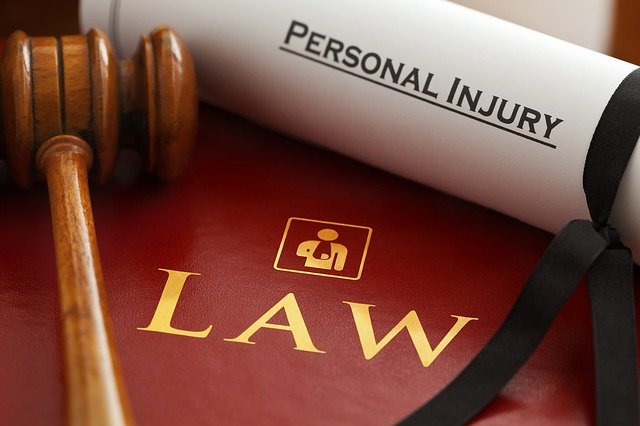
Did you recently get hurt in an accident that was someone else’s fault? If so, you might wonder about proving negligence in a personal injury claim. In most personal injury cases, proof of negligence is necessary to demonstrate who is liable so you can recover the compensation you deserve.
What Is Negligence?
In personal injury law, negligence occurs when someone fails to act with the care a reasonable person would use in the same circumstances. In personal injury claims, a person is considered negligent if they did something careless or failed to do something responsible, and their actions or inaction caused harm to another person. For example, a driver could be considered negligent in a car accident if they ran a red light and hit another car.
When someone behaves negligently and hurts someone else, the injured person can file a personal injury claim to seek compensation for their injuries. To prove negligence, you must show that the other party owed you a legal duty of care, breached that duty, and caused your injuries as a result.
Four Key Elements of Negligence Claims
Here’s a closer look at the four key elements you must demonstrate to prove negligence in a personal injury lawsuit:
- Duty of care – The first element involves showing the defendant owed you a legal duty of care. That means they had a responsibility to act in a certain way to prevent harm. For example, drivers have a duty to follow traffic laws to keep others safe on the road.
- Breach of duty – Next, you must prove the other party breached or failed to fulfill their legal duty of care. That can occur when someone does something careless or fails to do something they should. For instance, a driver who texts while driving breaches their duty to drive safely.
- Causation – The third element involves demonstrating the other party’s breach of duty directly caused your injuries. That means proving your injuries would not have occurred without the other party’s actions or inaction. For example, if a driver runs a red light and hits a pedestrian, their action directly causes the pedestrian’s injuries.
- Damages – The final element of a negligence claim requires showing you suffered actual harm or losses due to the defendant’s actions or failure to act. These losses can include physical injuries, emotional distress, medical expenses, lost wages, and more. You must prove these losses to recover compensation in a personal injury claim.
Types of Evidence Often Used to Prove Negligence
Proving negligence in a personal injury case requires solid evidence, such as:
- Witness statements
- Accident reports
- Medical records
- Photographs and videos
- Accident reconstruction reports
- Expert testimony
- Vehicle damage reports
- Maintenance records
- Traffic camera videos
- Phone records
- Emails or text messages
- Safety inspection reports
- Company policies and procedures
- Employment records
- Training records
- Weather reports
- GPS data
- Drug and alcohol test results
How Our Lawyers Can Help You Prove Negligence in Your Personal Injury Case
At Jebaily Law Firm, our dedicated lawyers can help you gather and present the evidence necessary to prove negligence in your personal injury case. Our team will work closely with you to build a strong case and fight for the compensation you need.
Contact us today for a free initial consultation, and let a personal injury lawyer from our firm help you demand the recovery you deserve.

